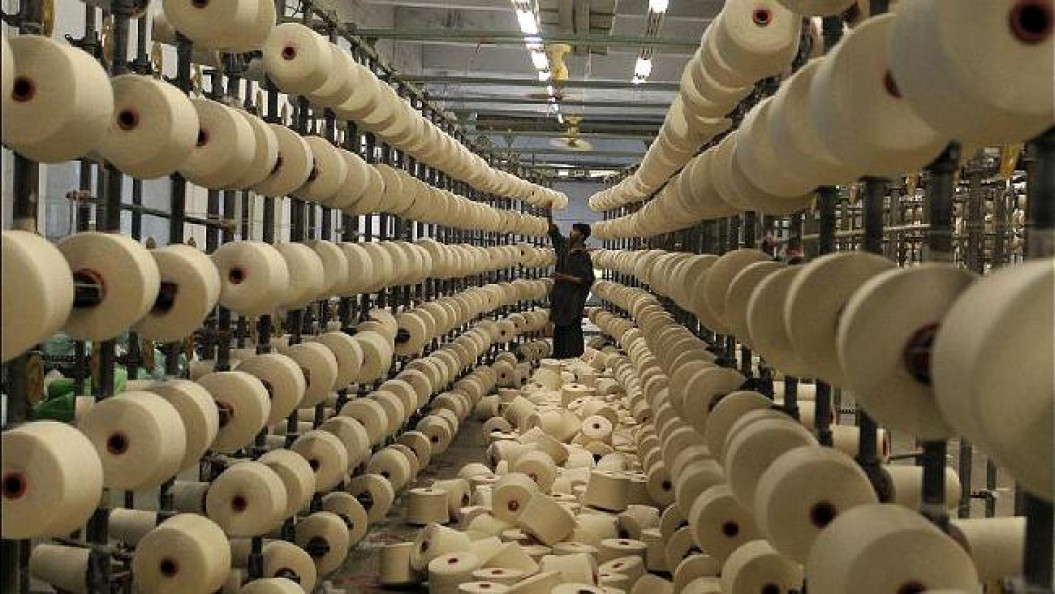Cotton faces increasing competition from manmade fibers that are better than they used to be.
John Hart 1
While global demand for cotton continues to pick up, the natural fiber still faces challenges from manmade fibers that are better than they used to be.
Speaking to the annual meeting of the Southern Cotton Growers and Southeastern Cotton Ginners Association in Myrtle Beach, S.C. in January, Berrye Worsham, president and chief executive officer of Cotton Incorporated, said global use of cotton is expected to climb to more than 120 million bales this year, about the same level seen prior to the global recession a decade ago. Despite the gains, cotton still faces challenges in gaining market share versus manmade fibers.
Worsham highlighted five shifts impacting cotton:
- Competitive fibers are better than they used to be. Polyester today isn’t what polyester was 20 years ago.
- Brands, retailers and consumers are more accepting of other fibers than in the past. This is particularly so for the millennial generation.
- Lighter weight fabrics are now required in multiple product categories.
- Performance features are required in a growing number of products, not just for active wear.
- Sustainability is increasing in importance.
“We all talk about polyester as being public enemy number one, but we have lost as much share to rayon as we have to polyester,” Worsham said. “Another issue that has hurt us is lighter weight fabrics in most product categories. As products are getting lighter, from jeans to tops, it means you need less fiber to make a particular product.”
However, Worsham said Cotton Incorporated continues to work to rebuild demand and make cotton more competitive with synthetic fibers. Providing technical support to mills and manufacturers around the world and presenting new product ideas that use cotton are important.
Cotton faces challenges from the growth of performance-related fabrics in a number of product categories, whether that is stretch characteristics or moisture management. Worsham said the performance trend is impacting all product categories, not just the active wear market.
Source: Delta Farmpress


